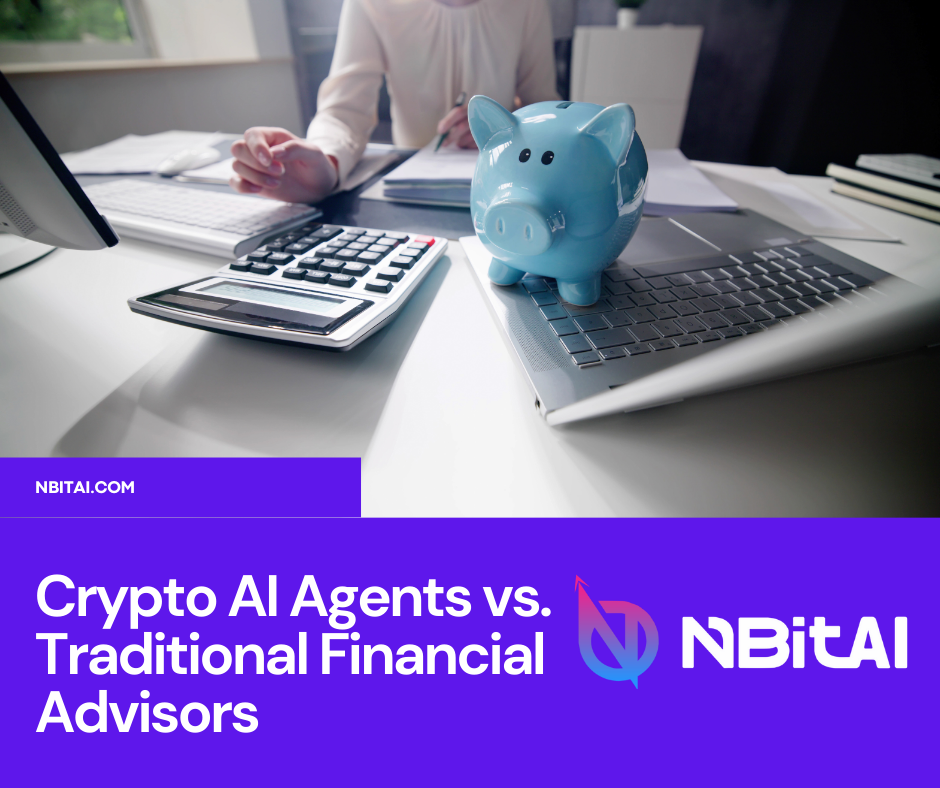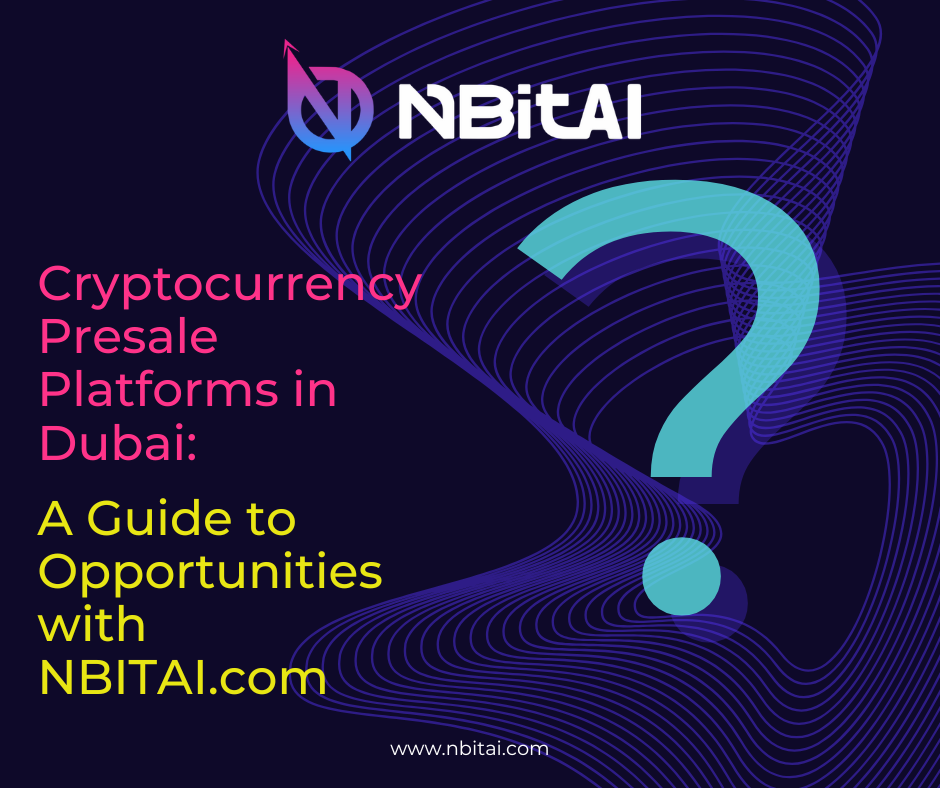The world of finance is undergoing a revolution, driven by the rise of Decentralized Finance (DeFi). DeFi, a blockchain-based financial ecosystem, has emerged as an alternative to traditional finance (TradFi), offering decentralized, permissionless, and automated solutions that operate without intermediaries like banks or brokers. As DeFi continues to grow in sophistication and adoption, its integration with traditional finance is becoming a topic of significant interest. The two systems, though distinct, are not mutually exclusive, and there is growing potential for them to merge, creating a more inclusive, transparent, and efficient financial landscape.
In this article, we will explore the current state of DeFi and traditional finance, examine the challenges and opportunities for integration, and envision the future of a hybrid financial system where DeFi and TradFi coexist and complement each other.
Understanding DeFi: A Disruptive Force in Finance
Decentralized Finance is an ecosystem of financial applications built on blockchain networks, particularly Ethereum. DeFi aims to provide financial services—such as lending, borrowing, trading, and yield farming—through smart contracts and decentralized protocols, without the need for centralized authorities. Some of the key benefits of DeFi include:
- Accessibility: DeFi platforms are open to anyone with an internet connection, allowing unbanked populations to access financial services.
- Transparency: All transactions are recorded on a public blockchain, ensuring transparency and reducing the risk of fraud.
- Automation: Smart contracts enable the automation of financial processes, reducing the need for intermediaries and lowering costs.
- Control: Users retain full control of their assets, unlike in traditional banking, where funds are held by third parties.
The rise of DeFi has been meteoric, with the Total Value Locked (TVL) in DeFi protocols surpassing $100 billion in recent years (Blockchain Magazine) (Bitpowr). Platforms like Aave, Compound, and Uniswap have demonstrated the potential of decentralized financial services, attracting both retail and institutional investors. However, DeFi is still in its early stages, and for it to truly compete with or complement traditional finance, several hurdles need to be addressed.
The Traditional Financial System: Legacy, Stability, and Trust
Traditional finance, in contrast to DeFi, is a well-established system based on centralized institutions such as banks, insurance companies, and stock exchanges. It is characterized by its regulatory frameworks, consumer protections, and stability. The key advantages of traditional finance include:
- Trust and Regulation: Centralized institutions are regulated by governments and other authorities, providing a layer of trust and security for consumers.
- Stability: Traditional financial systems have built-in safeguards, such as deposit insurance and government-backed lending, which help maintain stability during economic downturns.
- Institutional Expertise: Established banks and financial institutions have years of experience in managing risk, capital allocation, and financial markets.
However, despite its strengths, traditional finance is not without its flaws. The reliance on intermediaries increases costs and slows down processes. Additionally, the system can be exclusionary, leaving billions of people worldwide without access to banking services.
DeFi and TradFi: A Roadmap to Integration
The idea of integrating DeFi with traditional finance is gaining momentum, driven by the potential benefits of combining the efficiency, transparency, and accessibility of DeFi with the stability, regulatory oversight, and trust of traditional financial institutions. However, the path to integration is complex, and several key challenges must be addressed:
1. Regulatory Challenges
One of the primary barriers to DeFi and TradFi integration is the regulatory landscape. Traditional finance operates under stringent regulatory frameworks that ensure consumer protection, prevent fraud, and maintain financial stability. DeFi, on the other hand, is largely unregulated, raising concerns about fraud, money laundering, and market manipulation.
For integration to occur, governments and regulatory bodies must develop frameworks that can accommodate the unique characteristics of DeFi without stifling innovation. These frameworks would need to address issues like Know Your Customer (KYC), Anti-Money Laundering (AML) regulations, and smart contract security.
Several countries are already exploring regulatory approaches to DeFi. For example, the European Union’s Markets in Crypto-Assets (MiCA) regulation aims to create a comprehensive framework for crypto assets, including DeFi platforms (Techopedia). As regulatory clarity increases, the likelihood of DeFi becoming integrated with traditional financial systems will grow.
2. Bridging Technology and Infrastructure
The technical infrastructure of DeFi and traditional finance is vastly different. Traditional finance relies on centralized databases and proprietary software, while DeFi operates on decentralized, open-source protocols. For these two systems to integrate, there must be technological bridges that allow seamless interaction between blockchain networks and legacy financial systems.
Interoperability solutions, such as cross-chain protocols and oracles, will play a crucial role in this integration. Oracles, for example, act as intermediaries that feed real-world data into blockchain smart contracts, enabling DeFi platforms to interact with traditional financial data (Bitpowr). Additionally, Layer-2 solutions and scaling technologies will be essential to handle the large volume of transactions that traditional finance processes daily.
3. Institutional Adoption and Innovation
For DeFi to be integrated into the traditional financial system, institutional adoption is key. Banks, asset managers, and insurance companies must recognize the potential of DeFi and be willing to experiment with decentralized financial products. While some institutions remain cautious, others have already begun exploring the DeFi space.
For example, JP Morgan, one of the largest global financial institutions, has shown interest in blockchain technology and DeFi through its blockchain unit, Only (Blockchain Magazine). The bank has also launched its own cryptocurrency, JPM Coin, to facilitate cross-border payments.
Other institutions, such as insurance companies and hedge funds, are also beginning to see the potential in DeFi products like decentralized insurance and yield farming. The use of decentralized financial instruments could lead to greater efficiency and cost savings, while providing access to new markets and investment opportunities.
4. Consumer Trust and Education
One of the challenges DeFi faces is a lack of consumer trust and understanding. Many people are hesitant to engage with DeFi platforms due to their complexity, volatility, and perceived risks. Traditional financial institutions, on the other hand, benefit from decades of consumer trust.
For DeFi to achieve widespread adoption and integration with TradFi, there needs to be greater consumer education around how decentralized finance works, the risks involved, and how to mitigate those risks. Educational initiatives, user-friendly interfaces, and customer support will be critical in building trust among consumers.
Additionally, DeFi platforms must prioritize security. While blockchain technology is secure by design, smart contract vulnerabilities and user errors have led to high-profile hacks and losses. To gain consumer trust, DeFi platforms must invest in audits, security protocols, and insurance mechanisms that protect users from losses.
Opportunities in DeFi and TradFi Integration
While the challenges to DeFi and traditional finance integration are significant, the potential rewards are enormous. Here are some of the key opportunities that could emerge from this integration:
1. Improved Financial Inclusion
One of the most significant benefits of integrating DeFi with traditional finance is the potential to improve financial inclusion. DeFi can provide banking and financial services to the unbanked and underbanked populations in regions where traditional financial infrastructure is lacking. By bridging the gap between these two systems, financial institutions can reach new markets and customers, offering them access to savings, loans, and investments (Blockchain Magazine) (Techopedia).
2. Enhanced Efficiency and Cost Reduction
DeFi’s automated, smart contract-based transactions can dramatically reduce the costs and time associated with financial processes. For example, DeFi platforms enable near-instantaneous cross-border payments at a fraction of the cost of traditional bank transfers. By adopting these decentralized technologies, traditional financial institutions could streamline their operations, reduce intermediaries, and lower transaction fees (Bitpowr).
3. New Financial Products and Services
The integration of DeFi and TradFi opens the door to new financial products and services that leverage the strengths of both systems. For example, decentralized exchanges (DEXs) could be integrated with traditional stock exchanges to offer 24/7 trading and fractional ownership of assets. Additionally, DeFi-based lending and borrowing platforms could be combined with traditional banking services to offer more flexible and competitive loan products.
4. Greater Transparency and Security
Blockchain’s immutable ledger ensures that all transactions are transparent and traceable, reducing the risk of fraud and corruption in traditional finance. By incorporating blockchain-based solutions, traditional financial institutions can enhance the transparency of their operations and improve security. Furthermore, AI and machine learning algorithms can be used in conjunction with blockchain to detect and prevent fraudulent activities (Techopedia).
The Future of Finance: A Hybrid System
The future of finance will likely be a hybrid system where DeFi and TradFi coexist and complement each other. Rather than one system replacing the other, we can expect a convergence that leverages the strengths of both. Traditional finance provides the trust, stability, and regulatory oversight that consumers and businesses rely on, while DeFi offers innovation, transparency, and accessibility.
As regulatory frameworks evolve, technological bridges are built, and consumer trust in DeFi grows, the integration of these two systems will become more seamless. The result will be a more inclusive, efficient, and secure financial ecosystem that benefits individuals, businesses, and economies worldwide.
In conclusion, while there are challenges to overcome, the integration of DeFi and traditional finance holds immense promise. As we move towards a more decentralized and digital future, the road to seamless integration will be paved with innovation, collaboration, and a shared vision for a better financial system.







